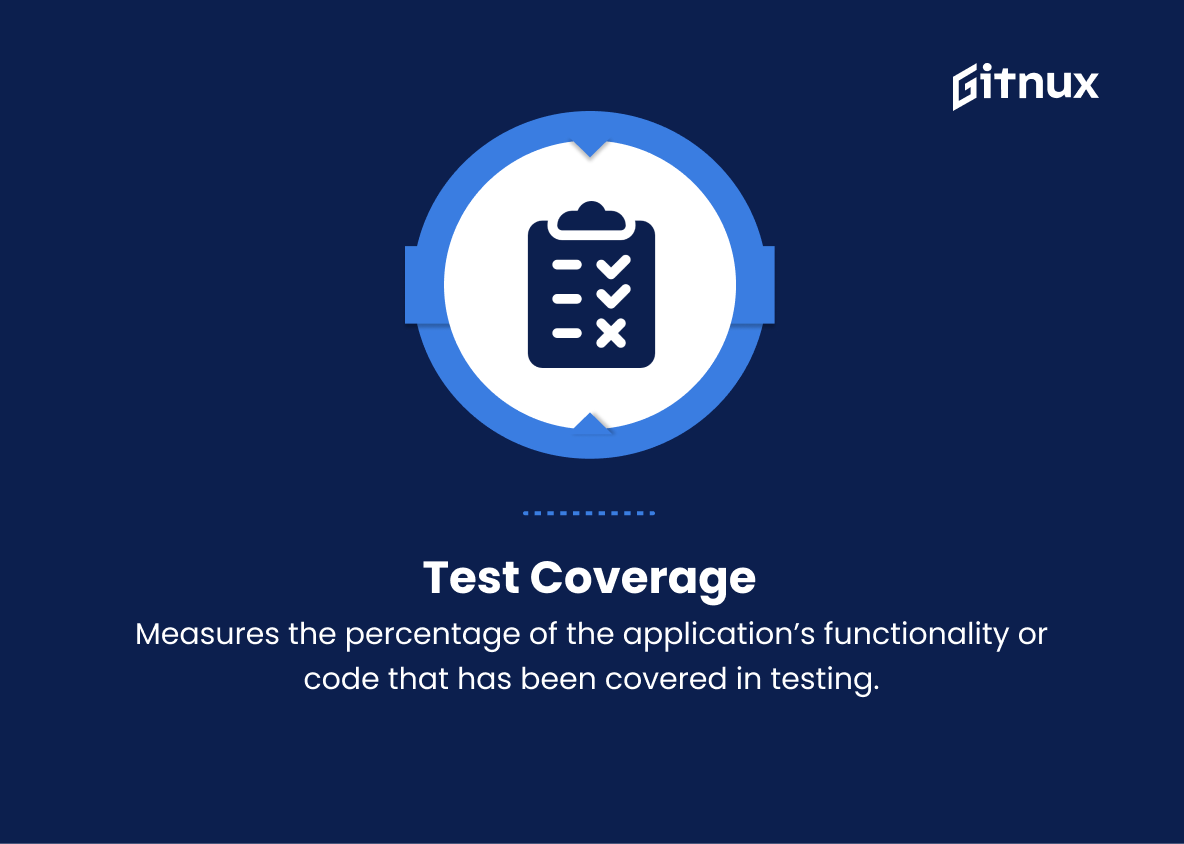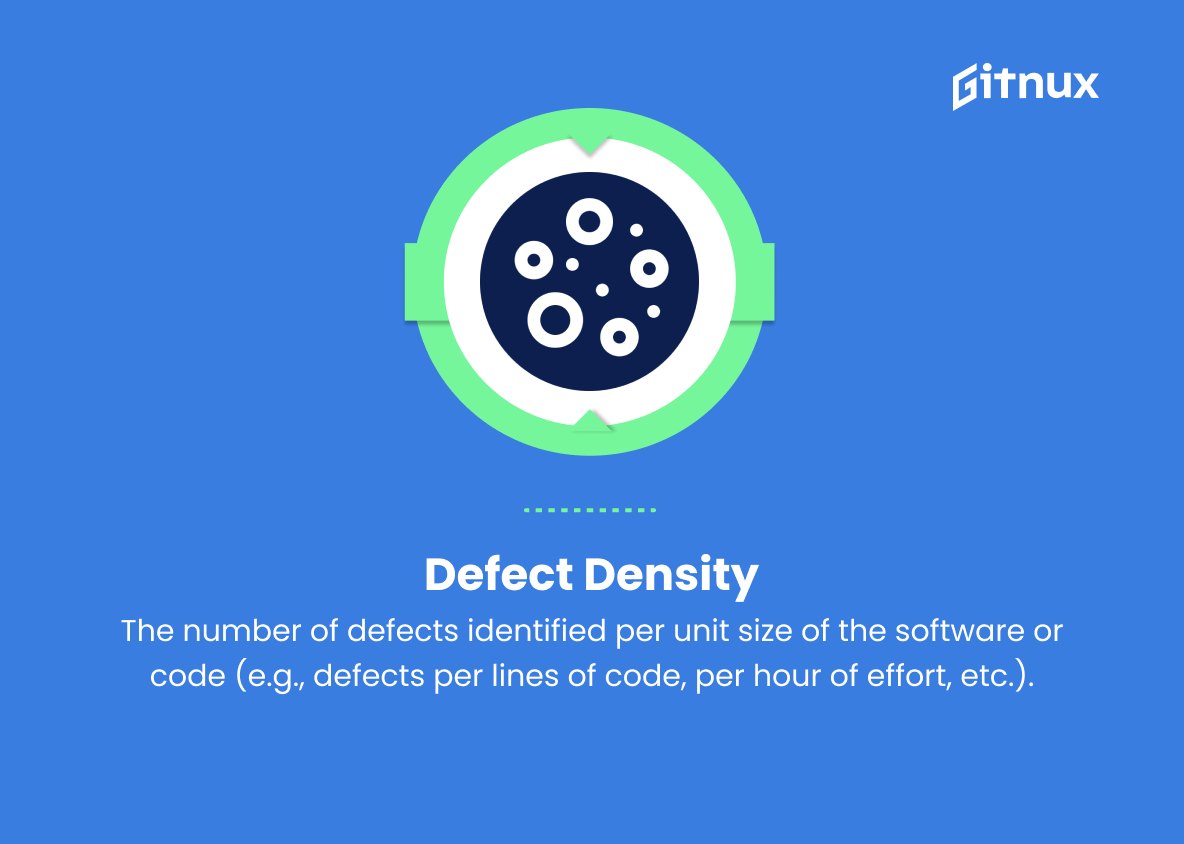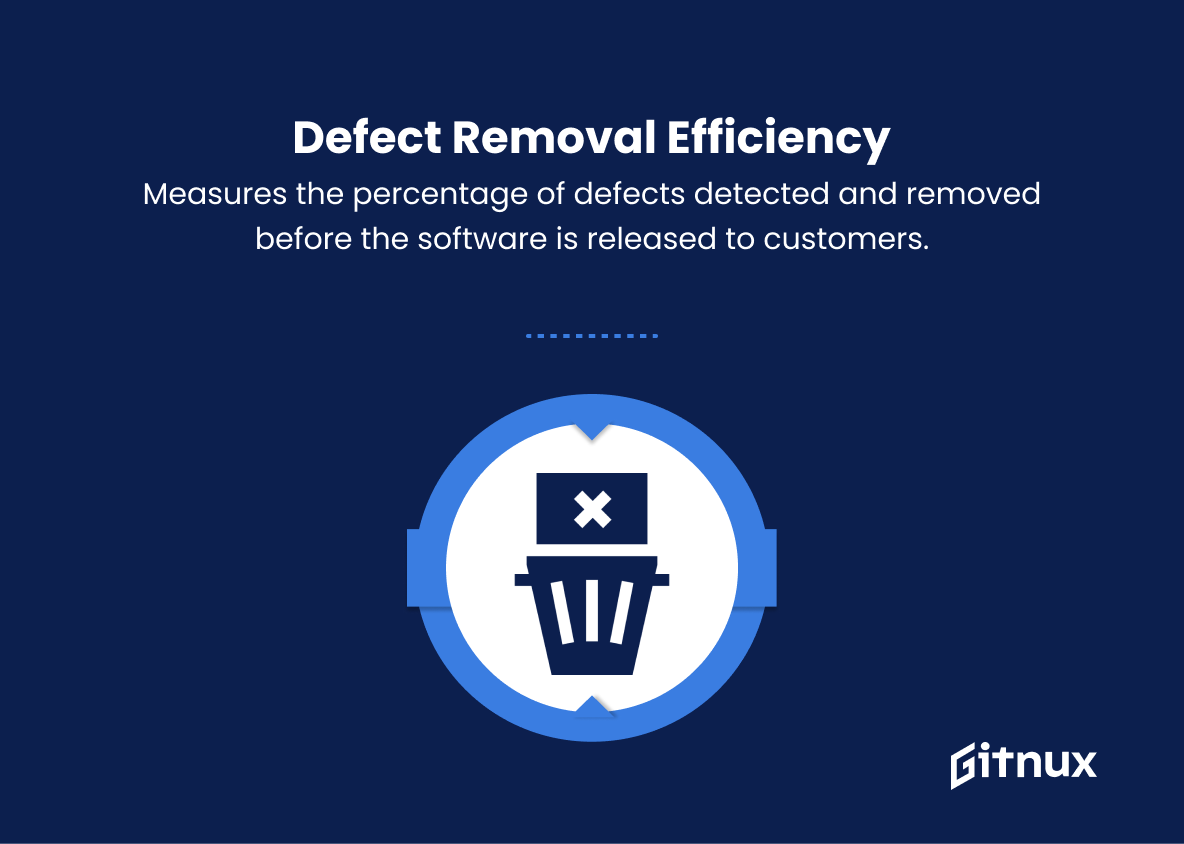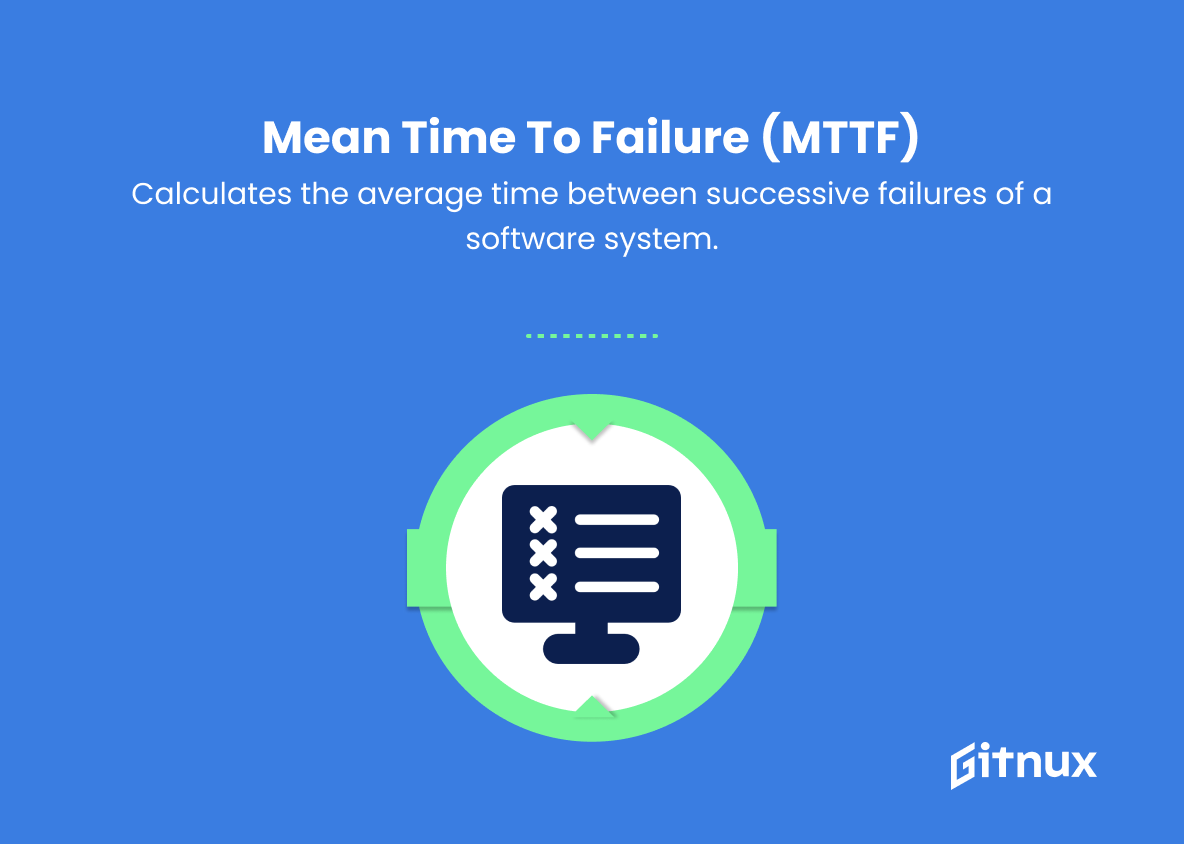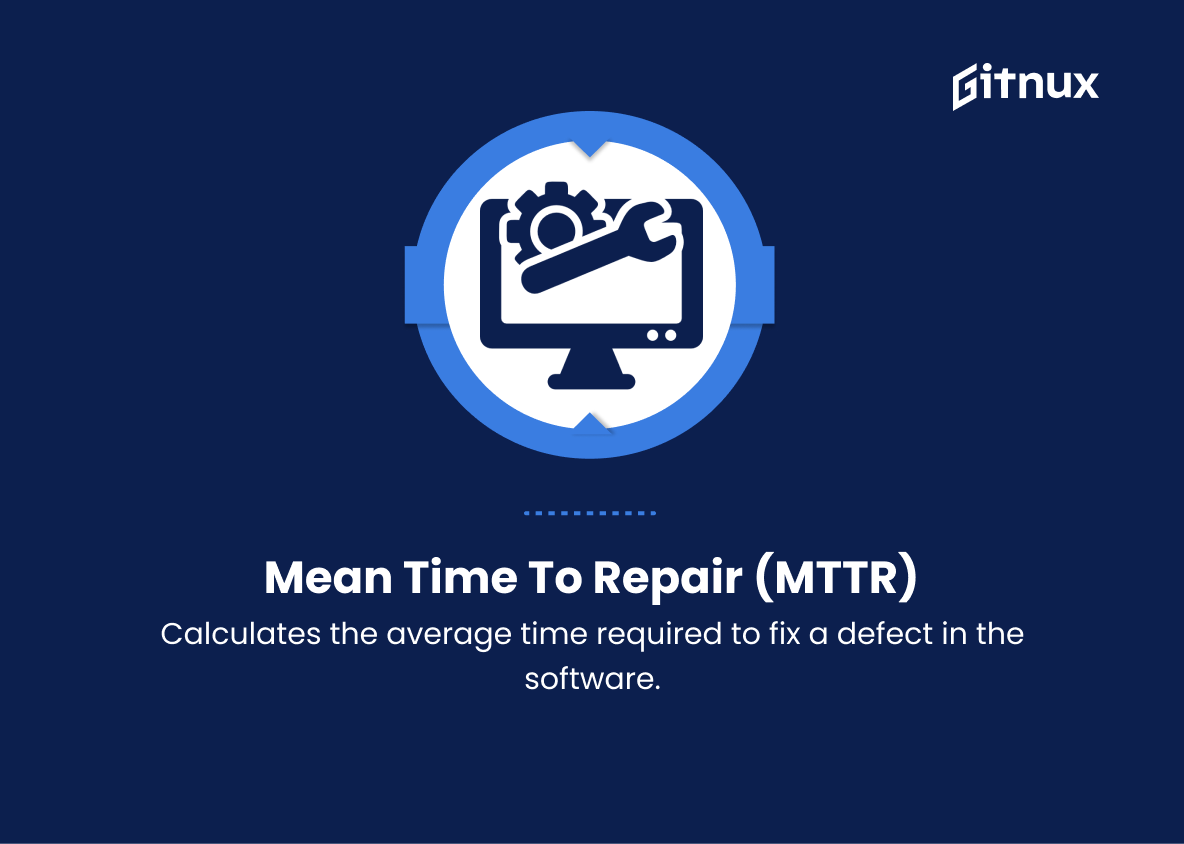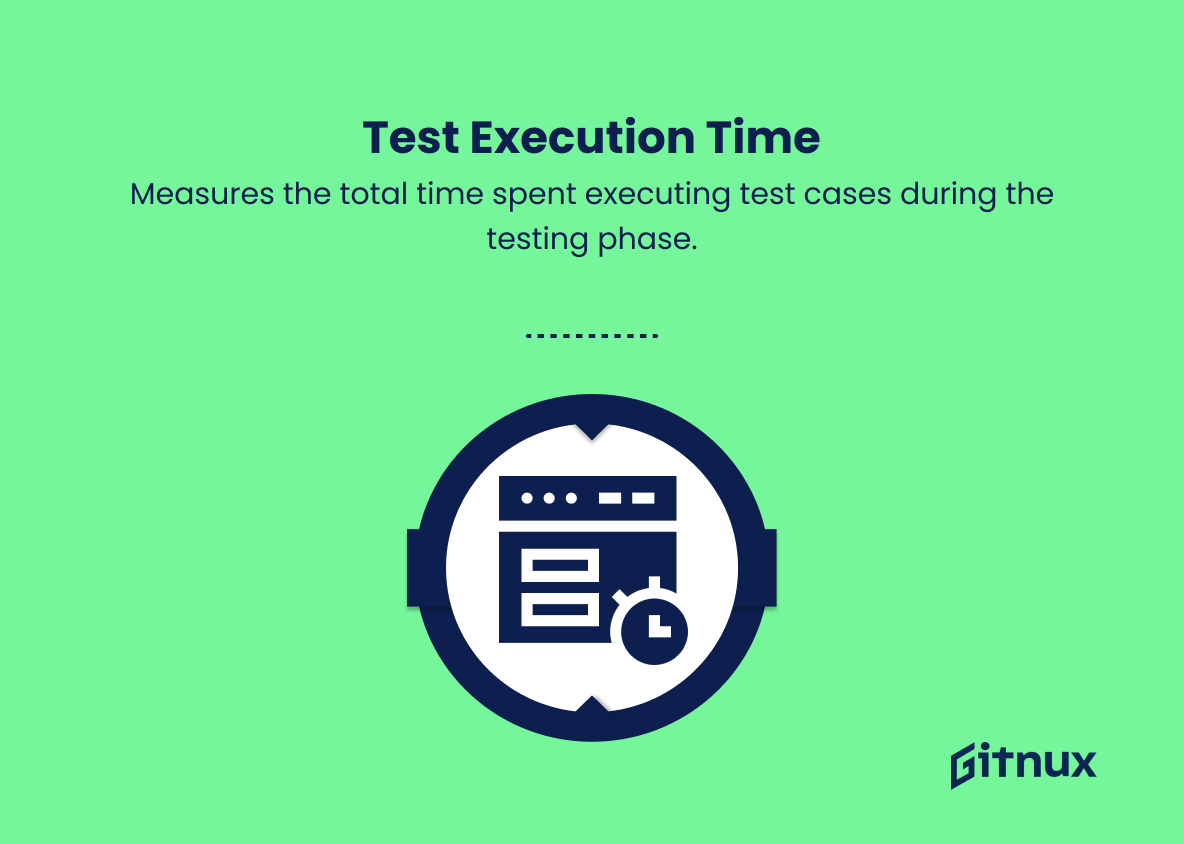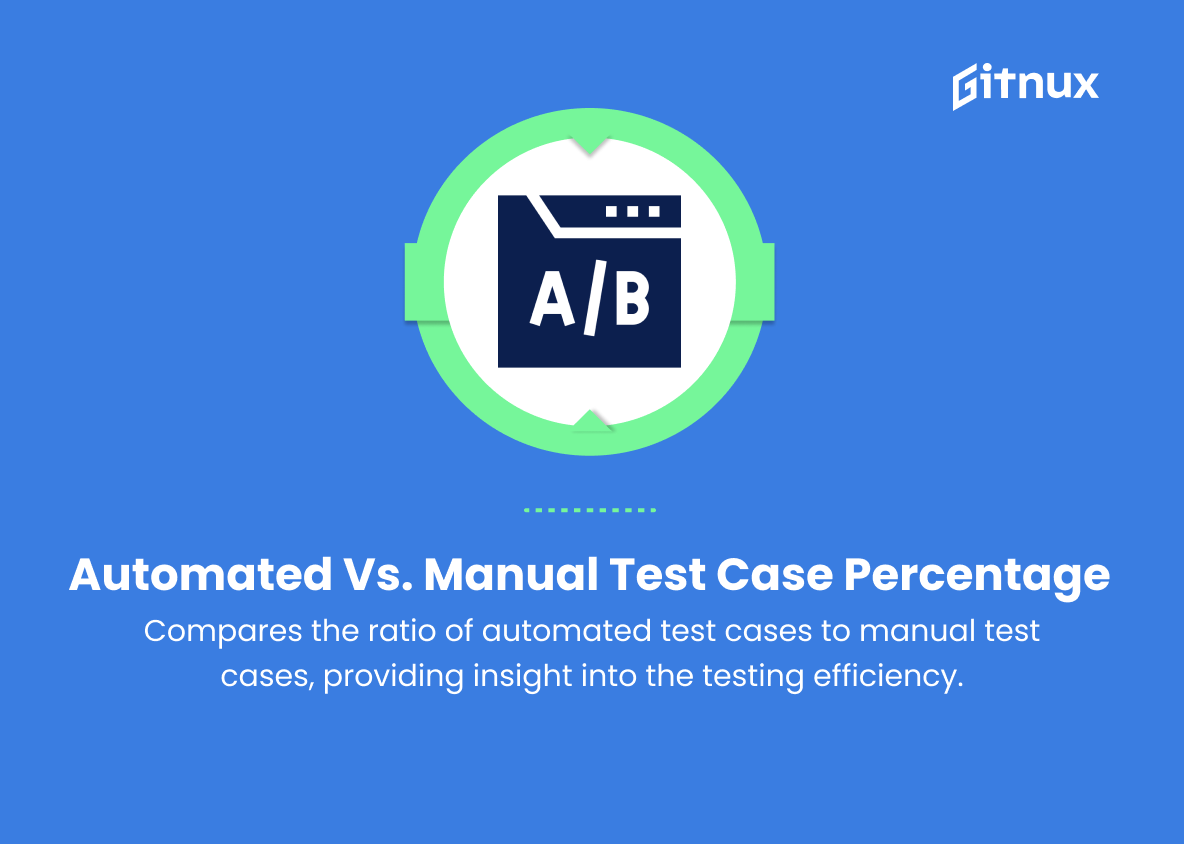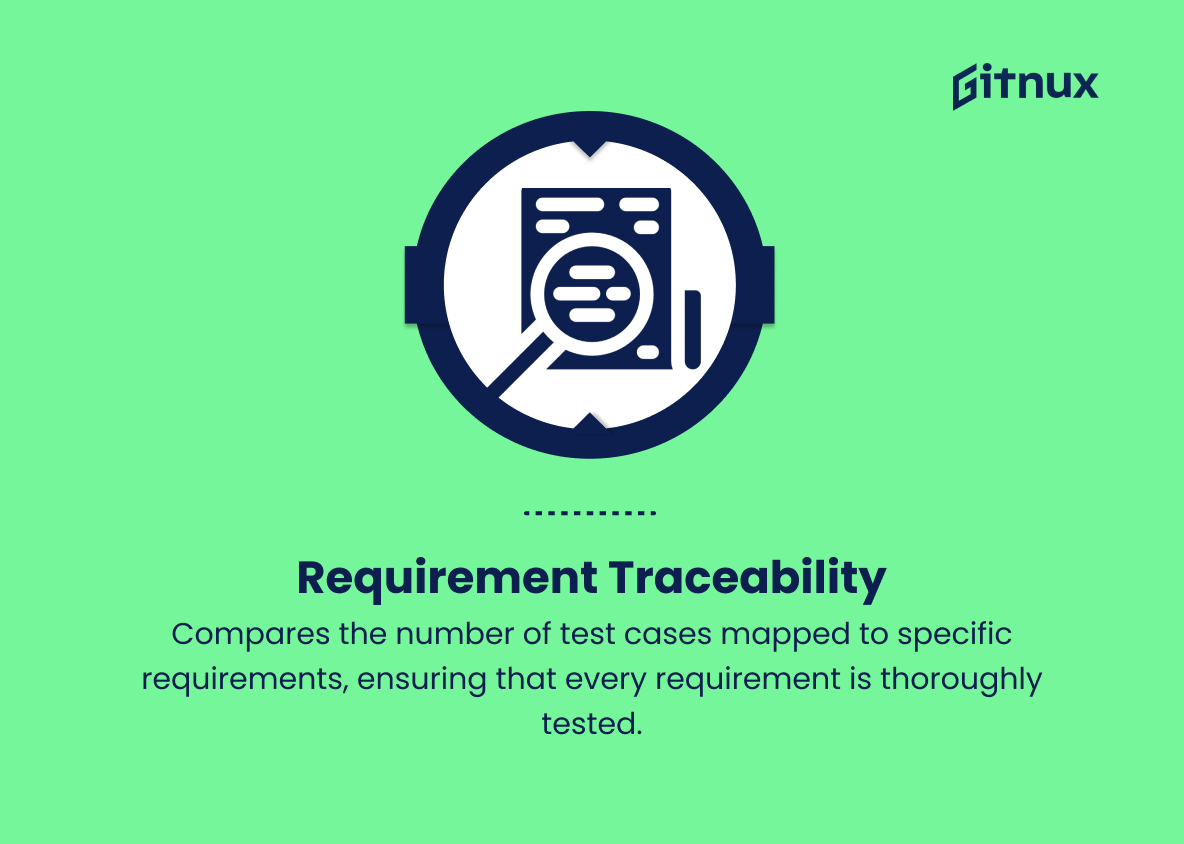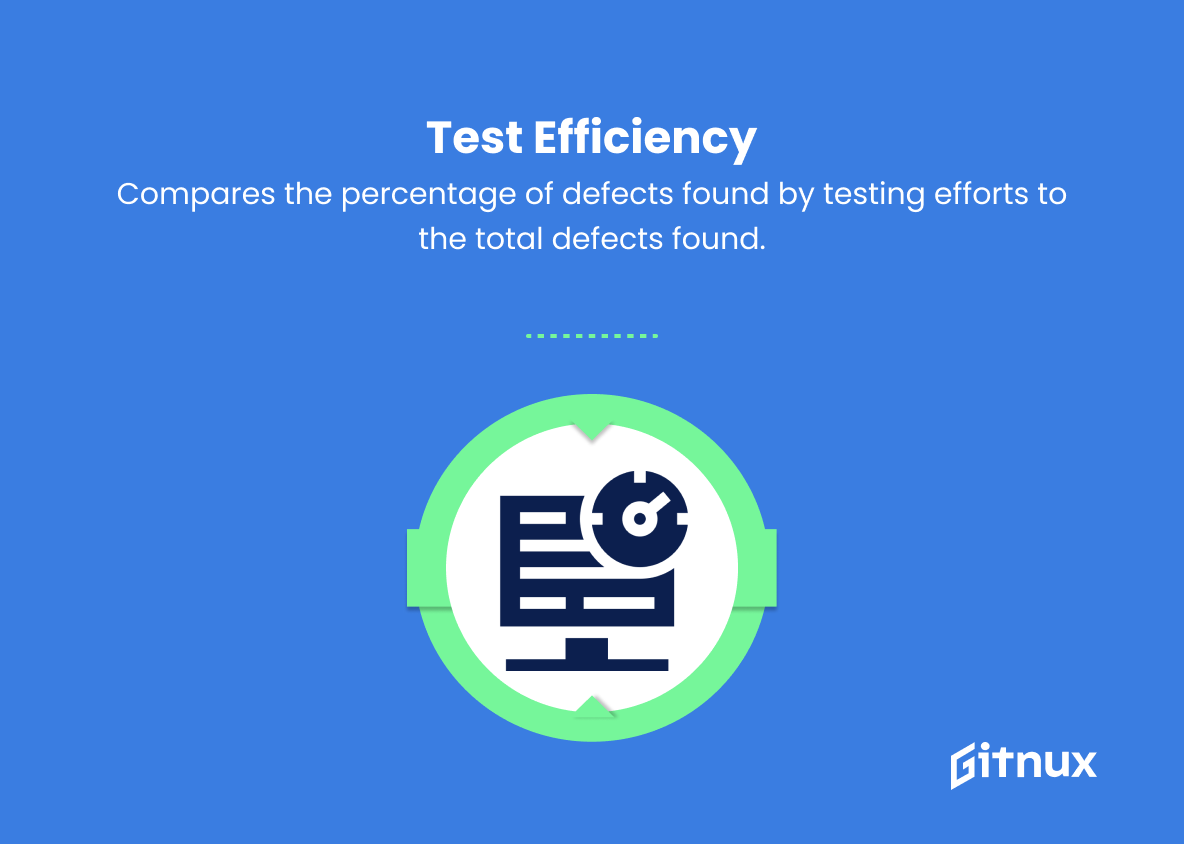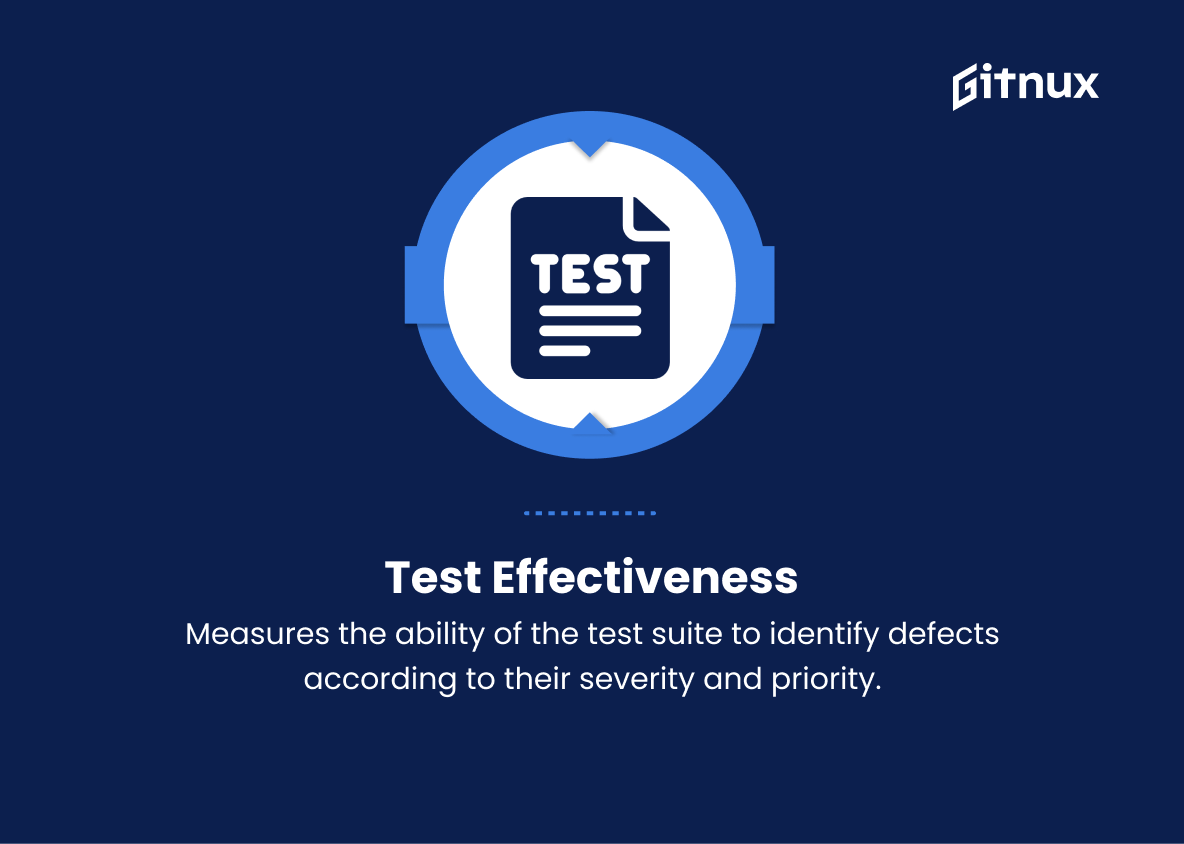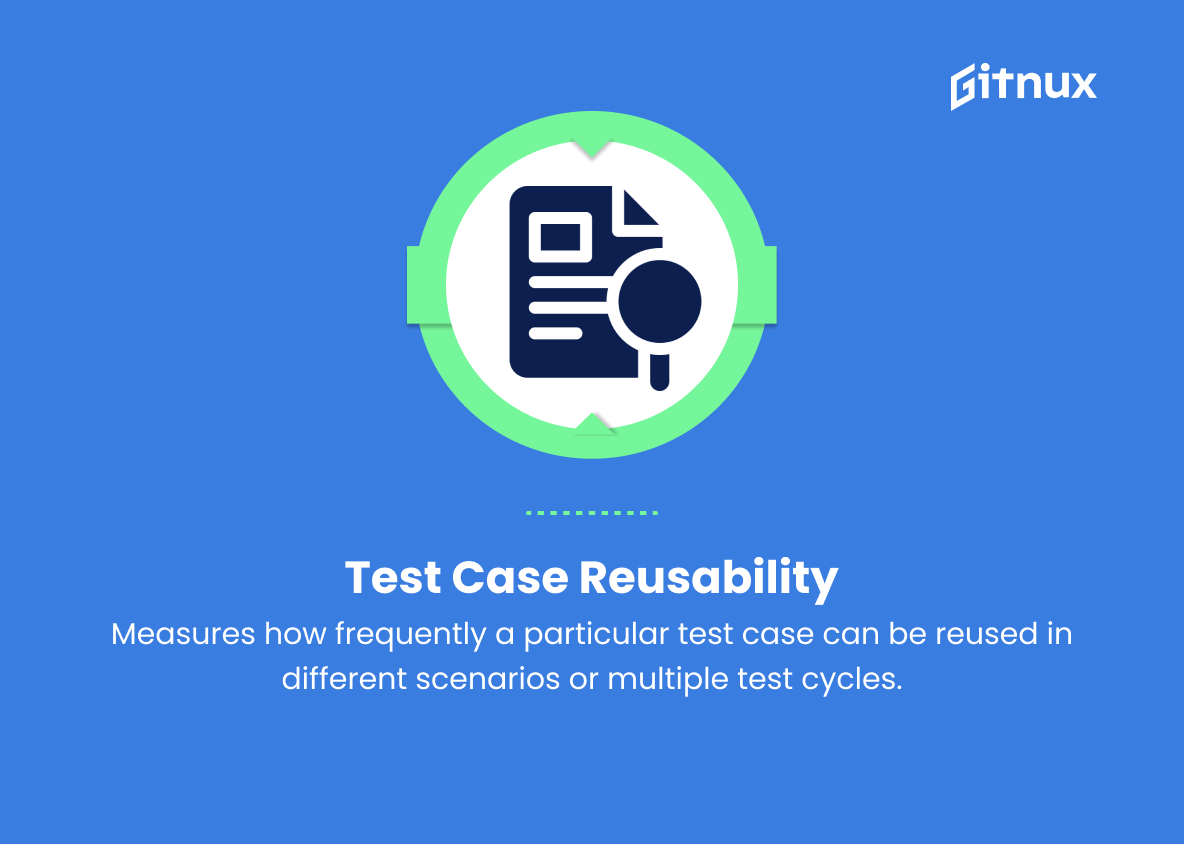In today’s rapidly evolving technological landscape, the success and reliability of software applications is of paramount importance. As businesses across industries continue to rely on these tools for seamless operations and enhanced customer experiences, the need for rigorous and effective software testing becomes increasingly significant.
To ensure the utmost quality and performance of software, implementing and analyzing software testing metrics has emerged as an essential practice. In this blog post, we will delve into the importance of these metrics, the various types of software testing metrics available, and their role in driving informed decision-making and continual improvement in the software development process.
Software Testing Metrics You Should Know
1. Test Coverage
Measures the percentage of the application’s functionality or code that has been covered in testing.
2. Test Case Effectiveness
Measures the success rate of test cases in identifying defects.
3. Defect Density
The number of defects identified per unit size of the software or code (e.g., defects per lines of code, per hour of effort, etc.).
4. Defect Removal Efficiency
Measures the percentage of defects detected and removed before the software is released to customers.
5. Defect Severity
Measures the impact of defects on the system’s overall performance and usability, categorized into different levels of severity (e.g., critical, high, medium, low).
6. Mean Time To Failure (MTTF)
Calculates the average time between successive failures of a software system.
7. Mean Time To Repair (MTTR)
Calculates the average time required to fix a defect in the software.
8. Test Execution Time
Measures the total time spent executing test cases during the testing phase.
9. Percentage of Automated vs. Manual Test Cases
Compares the ratio of automated test cases to manual test cases, providing insight into the testing efficiency.
10. Test Case Pass/Fail Rate
Measures the percentage of test cases that have passed or failed during the testing process.
11. Requirement Traceability
Compares the number of test cases mapped to specific requirements, ensuring that every requirement is thoroughly tested.
12. Test Efficiency
Compares the percentage of defects found by testing efforts to the total defects found.
13. Test Effectiveness
Measures the ability of the test suite to identify defects according to their severity and priority.
14. Test Progress
Monitors the overall progress of testing activities, including completed and pending test cases.
15. Test Case Reusability
Measures how frequently a particular test case can be reused in different scenarios or multiple test cycles.
16. Test Environment Stability
Assesses the stability and reliability of the test environment and hardware infrastructure.
17. Cost of Testing
Calculates the total financial investments in the testing process, including resources, tools, and test environments.
18. Resource Utilization
Tracks the efficiency and productivity of test resources, including personnel and tools.
19. Test Case Productivity
Measures the number of test cases created and executed during a specific time period.
20. Defect Leakage
Calculates the percentage of defects that were not detected during testing and leaked into the production environment.
Software Testing Metrics Explained
Software testing metrics are crucial in evaluating the effectiveness and efficiency of the testing process, ensuring the delivery of high-quality software products. Test coverage measures how much of the application’s functionality or code is tested, while test case effectiveness gauges the success rate of test cases in identifying defects. Metrics like defect density, defect removal efficiency, and defect severity allow teams to monitor the number and impact of defects in the software, while mean time to failure (MTTF) and mean time to repair (MTTR) help determine the system’s overall reliability.
The ratio of automated to manual test cases provides an insight into testing efficiency, and requirement traceability ensures comprehensive testing of all requirements. Analysis of test progress, test case pass/fail rate, and test case reusability helps optimize the testing process, while evaluating cost of testing, resource utilization, and test case productivity enables optimal allocation of resources. Equally important, test environment stability ensures a reliable testing infrastructure, while monitoring defect leakage helps identify areas for further improvement and minimize the risk of releasing defective software to customers.
Conclusion
In closing, software testing metrics play an indispensable role in measuring and evaluating the effectiveness of your testing process. By utilizing valuable metrics such as defect density, test coverage, and test case effectiveness, you can significantly improve the overall software testing strategy and the quality of the end product. Furthermore, implementing these software testing metrics will not only help you make better-informed decisions, but also enhance communication within the team, promote a culture of continuous improvement, and foster a more objective, data-driven approach to software development.
Remember, the ultimate goal of employing these metrics is to enable optimal resource allocation and ensure a seamless user experience for your customers. So, stay focused and be diligent in the continuous process of refining and monitoring your software testing metrics, and you’ll be well on your way to building high-quality, reliable software solutions.
